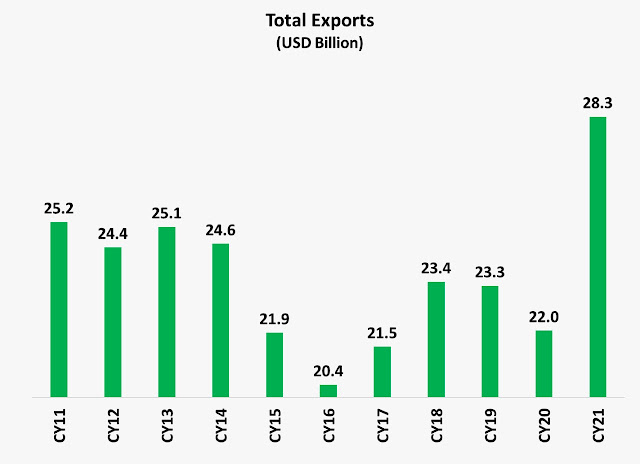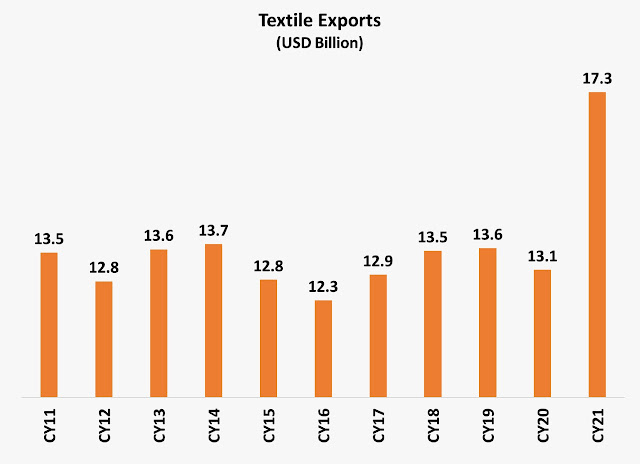Pakistan Economy "Not in a Good Place"? Atif Mian's Gloom Justified?
By Riaz Haq
CA

Pakistani-American economist Atif Mian has recently analyzed Pakistan's economy in a series of tweets . He has said "Pakistan's economy is not in a good place", adding that the nation's "per capita income has not risen in 3 years (in fact down slightly)". He has particularly mentioned the country's "exaggerated external demand driven by its rentier economy", "flawed energy policy" and "a broken economic decision system" among the main causes for poor economic performance.
Is Atif Mian's diagnosis correct? Is the official reported data Atif Mian is using accurate? What is the current PTI government doing or not doing to correct the problems identified by Mr Mian? Let's try and assess the situation.

|
Economist Atif Mian's Tweet on Pakistan Economy |
Per Capita Income
Pakistan's officially reported GDP and per capita incomes are grossly understated . It is based on the last economic census that was done from April 2003 to December 2003 and published in 2005. The last agriculture census was in 2010, and livestock census in 2006, according to Dr Ishrat Husain , former governor of The State Bank of Pakistan. The country's economy has changed significantly since then, adding several new economic activities while others have diminished. For example, the Quantum Index of Large Scale Manufacturing (QIM) with 2005-06 base year gives a weight to textiles of 20.9% (Yarn 13.7 and cloth 7.2). But the textile industry has moved up to higher value-added products as reflected in its exports. The value-added textiles (non-yarn and non-cloth) now make up almost 80% of the total textile exports. These changes are not reflected in current GDP calculations.
In its 2014 annual report , the State Bank of Pakistan talked about a number of new sectors that are either under-reported or not covered at all: "In terms of LSM growth, a number of sectors that are showing strong performance (for example, fast moving consumer goods (FMCG) sector; plastic products; buses and trucks; and even textiles), are either under reported, or not even covered. The omission of such important sectors from official data coverage, probably explains the apparent disconnect between overall economic activity in the country and the hard numbers in LSM."
Bangladesh just rebased its GDP in 2020-21 to 2015-16. This has boosted its per capita income by double digits for every year since 2015-16. Bangladesh's per capita income for the 2015-16 fiscal year has now gone up to $1,737 from $1,465 in the old calculation. For the 2019-2020 fiscal, the per capita income has gone up to $2,335 from $2,024. The new GDP estimate covers 21 sectors, up from 15 sectors previously. India last rebased its GDP in 2015, a change that bumped up its per capita GDP by double digits. Nigeria's last rebasing in 2012 increased the size of its economy (GDP) by nearly 90%. Pakistan's current base year is 2005-6. Rebasing which is now long overdue and will almost certainly increase Pakistan's per capita income by double digits.
In this age of big data, it is important for Pakistan to ensure that its bureaucracy at Pakistan Bureau of Statistics (PBS) keeps the national economic data as current as possible. PBS should release the results of the Census of Manufacturing Industries CMI 2015-16, and the Finance Ministry should rebase Pakistan's economy to 2015-16 to better reflect the current economic realities. This data is extremely important for businesses, investors, lenders and policymakers.
Energy Mix
It is true that Pakistan has relied on imported fossil fuels to generate electricity. The cost of these expensive imported fuels like furnace oil mainly used by independent power producers (IPPs) has been, and continues to be, a major contributor to the "exaggerated external demand driven by its rentier economy" referred to by Atif Mian. However, Pakistan has recently been adding hydro , nuclear and indigenous coal -fired power plants.

|
Pakistan Power Generation Fuel Mix. Source: Third Pole
|
Construction of a 1,100 MW nuclear power reactor K2 unit in Karachi has been completed by China National Nuclear Corporation, according to media reports . A similar reactor unit K3 will add another 1,100 MW of nuclear power to the grid, bringing the total nuclear power installed capacity of Pakistan to 3,630 MW (12% of total power) by the end of 2022. The Hualong One reactors being installed in Pakistan are based on improved Westinghouse AP1000 design which is far safer than Chernobyl and Fukushima plants. In addition, Pakistan is also generating 9,389 MW (about 28% of total power) of low-carbon hydroelectric power in response to rising concerns about climate change.

|
Pakistan Exports Trend 2011-21. Courtesy of Ali Khizer |
Exports and Overseas Remittances
Pakistan is the world's sixth largest labor exporter with nearly 10 million Pakistanis working overseas. These workers sent home $31 billion in remittances calendar year 2021 (CY2021), up 19% from CY2020. In addition, Pakistan merchandise exports hit a new record of $28.3 billion in CY2021.

|
Pakistan Textile Exports Trend 2011-21. Courtesy of Ali Khizer
|
Exports of textiles that make up the bulk of Pakistani exports jumped 32% from $13.1 billion in CY2020 to $17.3 billion in CY2021. The country's technology exports soared 40% to $2.5 billion in CY2021. “So far, (the) country’s exports of non-traditional products, including information technology, have grown by 60 percent in the last four months," says Special Assistant to the Prime Minister on Commerce and Investment Abdul Razak Dawood.
Summary: Professor Atif Mian's criticism of Pakistan's economy is partially valid, but his pessimism is unwarranted. He is working with flawed data based on an economic census conducted more than 15 years ago. This data does not truly reflect current economic activities, per capita incomes, and productivity. Pakistani bureaucracy needs to ensure that the underlying data for GDP and productivity is regularly updated to inform businessmen, investors, lenders, and policymakers. Pakistan is also significantly boosting its foreign exchange earnings through exports and remittances from overseas workers. The issue of reliance on expensive fossil fuel imports is also being addressed by building more hydro, nuclear and renewable energy plants. At the same time, indigenous coal-fired power plants are being added. Unlike Atif Mian, I do see light at the end of the tunnel.
(Riaz Haq is a Silicon Valley-based Pakistani-American analyst and writer. He blogs at www.riazhaq.com )

